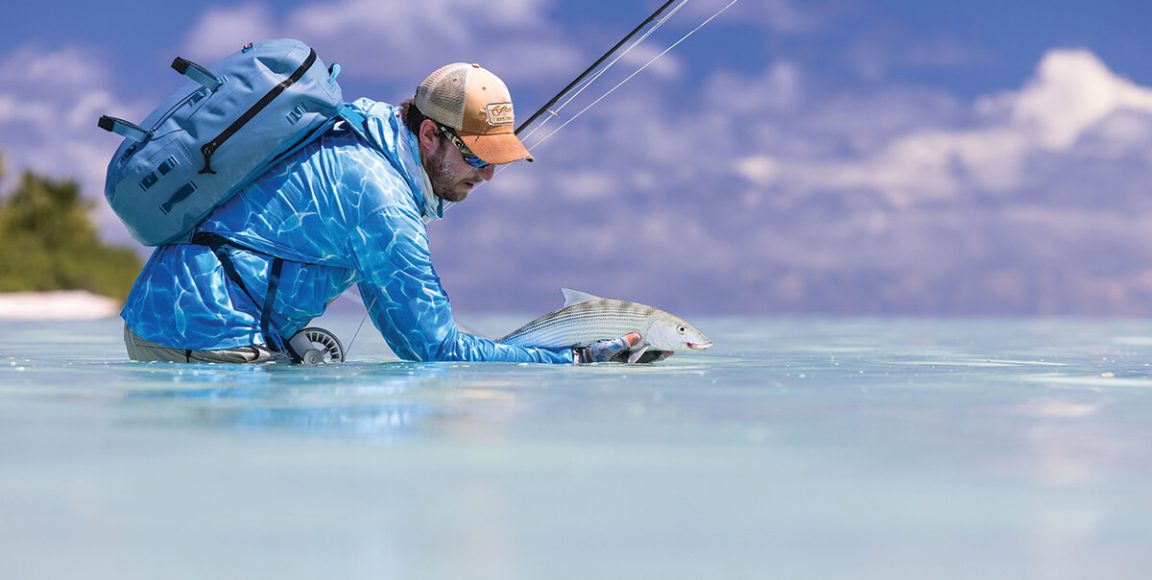Saltwater fly fishing is an exciting and challenging way to catch fish. It requires skill, patience, and technique to master. Whether you’re a beginner or an experienced angler, there are always ways to improve your saltwater fly angling game. This article will discuss tips and tricks to help you master the art of saltwater fly fishing.
Choose the Right Gear
Before you hit the water, having the right gear is essential. Seawater fly fishing requires specific equipment that can withstand the harsh conditions of the ocean. Your fly rod should be 8-10 feet long and weigh 8-10. This size will allow you to cast farther and handle larger fish.
You’ll also need a good quality fly reel, which should have a large arbour and a sealed drag system to handle the power of saltwater fish. A floating line is best for saltwater fly angling, as it will help you cast further and present your fly more naturally.
Choose the Right Flies
Choosing the right fly is crucial to your success in inshore fly fishing. Saltwater flies are typically larger and more colourful than their freshwater counterparts. They imitate baitfish, crustaceans, and other prey that saltwater fish feed on.
When selecting flies, consider the species of fish you’re targeting, the time of day, and the water conditions. If you need help with what to use, ask local fly shops or guides for recommendations.
Learn to Cast
Casting is one of the most critical skills in saltwater fly angling. It takes practice to master, but you can cast farther and more accurately with time. The key is to use a smooth, fluid motion and not overpower the cast.
To practice your casting, find an open area with plenty of room to move. Start with short casts and work your way up to longer distances. Practice different casting techniques, such as the double haul and the roll cast, to become a more versatile angler.
Study the Water
You must understand their habits and behaviours to catch fish in seawater fly fishing. Study the water and look for signs of fish, such as baitfish jumping or birds diving. Pay attention to the tides and currents, as they can influence where fish are feeding.
It’s also essential to understand the structure of the water. Look for underwater features such as drop-offs, channels, and reefs, as they can provide hiding places for fish.
Know Your Knots
Knots are critical to fly fishing as they connect your line, leader, and fly. It’s essential to know several different knots, including the nail knot, the improved clinch knot, and the bimini twist knot, among others. Take the time to practice tying these knots until you can tie them quickly and confidently.
Practice Patience
Saltwater flies angling requires patience. It’s common to spend hours on the water without catching anything. But don’t get discouraged. Keep casting and trying different techniques; eventually, you’ll be rewarded with a catch.
Practice Catch and Release
Seawater fly fishing is a sport that relies on the conservation of fish populations. To ensure that future generations enjoy the same experience, practice catch and release whenever possible. Handle fish gently and release them quickly, so they can return to their natural habitat unharmed.
Conclusion
Saltwater fly fishing is an exciting and challenging sport that requires skill, patience, and technique. You can improve your chances of catching fish with the right gear, flies, and casting techniques. You can become a responsible and successful saltwater fly fisherman by studying the water, practising patience, and practising catch and release. So get out there and enjoy the thrill of the catch!



